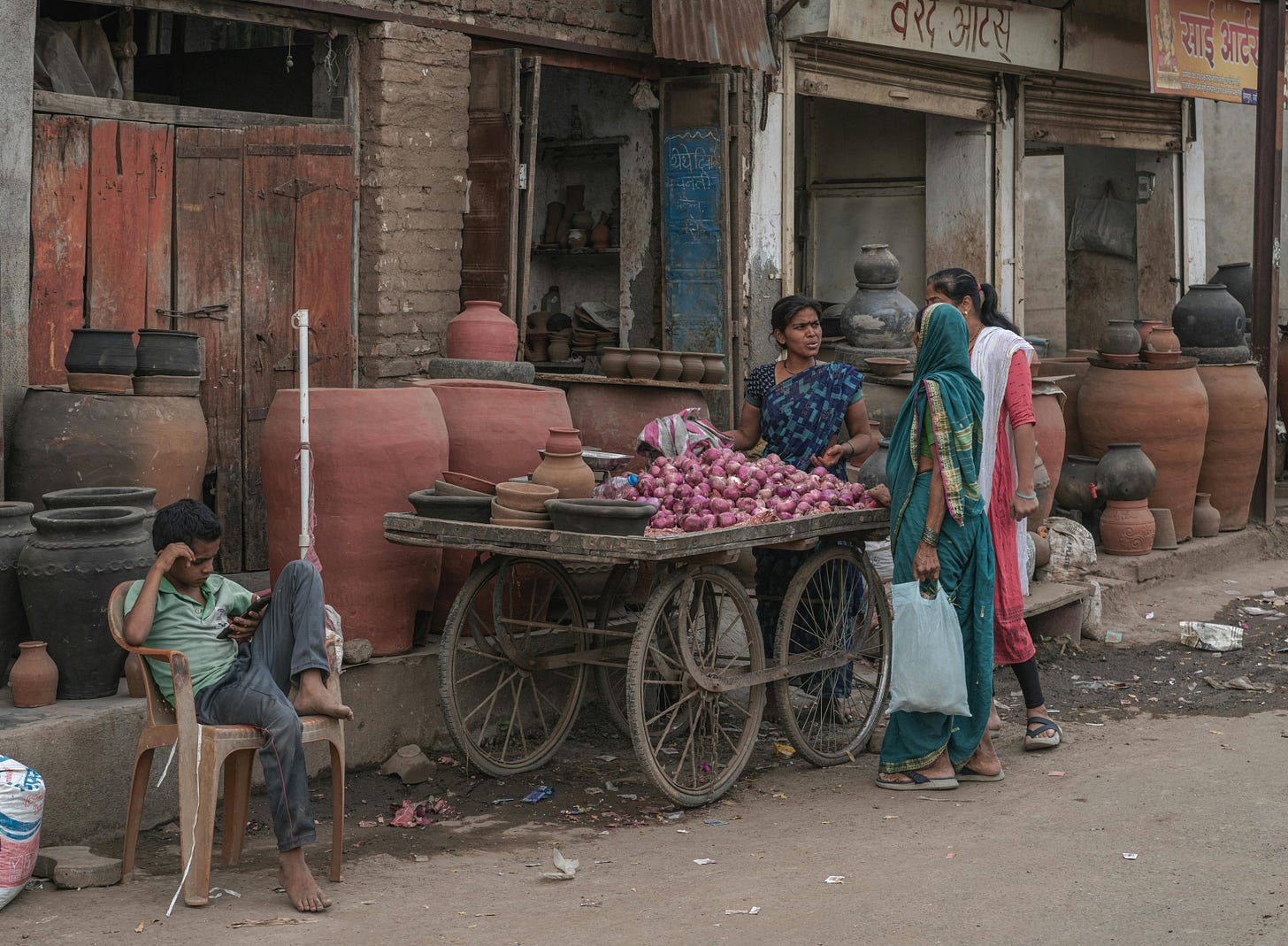The more things change...

RBI Deputy Governor M Rajeshwar Rao recently made a succinct speech giving the regulatory perspective on what he termed - moving the boundaries of financial inclusion. The talk must be read by everyone interested in India’s journey, as he has mapped the history of financial inclusion, listed the achievements so far and set out the challenges that remain like grievance redressal, mis-selling, cybersecurity and digital literacy. In fact, reading this, it feels that, in retrospect, setting up access to banking and DPI infrastructure for a billion people was perhaps the relatively easier part, we have more complex and fundamental problems to resolve now.
The RBI Deputy Governor has drawn special attention to the stresses in the microfinance sector, calling out the recent rise in the “frequency of disruptions”. MFIN’s latest report on the industry Micrometer shows a decline in the number of loans, borrowers and credit disbursal over the past year, as the industry seeks consolidation. However, delinquencies in some brackets are higher than the previous year, pointing to the need for caution. All hands are on deck now to solve the challenge. Raghu Mohan has a comprehensive article with data and views from the industry, showing that the microfinance sector is moving on refashioning itself. Here RBI’s relaxing the qualifying asset requirement for NBFC-MFIs to 60 percent of total assets from 75 percent can help towards portfolio diversification. There have also been moves from the industry towards better practices – for instance Sa-Dhan has launched a grievance helpline along with a comprehensive Client Grievance Redressal Mechanism manual.
However, as SA Raghu points out, the issue with the microfinance sector is actually more fundamental. The problems of over indebtedness, aggressive lending, excessive lending rates, harsh recovery practices etc. can be addressed to some extent by effective regulation and industry associations, but the crux remains unaddressed; the basic factors that had caused financial exclusion in the first place - low income and low borrowing capacity – persist. He concludes that boosting livelihoods and incomes calls for a new model for microfinance.
There is one more angle to the impact of the pressures in the microfinance sector - Sudeshna Ray picks up on the fact that the number of people covered by life insurance policies dropped by 47 million in FY25, a steep decline of around a quarter of all the lives covered the previous year. And this, she says, is because life insurers who were bundling policies with microfinance loans, have now dropped off as progress of the microfinance industry stalls. When we shared this article on our LinkedIn page, we had two insightful observations - Sachin Aggarwal noted that credit linked insurance is not a long term solution and the ecosystem must come together with better product design, while Harry Croydon made the point that a bundled product should have been the start of financial education and inclusion, but instead customers have not been taught the value of insurance through this embedded product. Here is an opportunity for the microfinance industry to rebuild connect and trust with the community through better products.
Finally, the must read pieces we highlight this month are on gender, an aspect that is still not emphasized in our regulatory discourse: a) Juan Carlos Izaguirre and Denise Dias have explained how gender data can be used by financial sector authorities for fulfilling diverse mandates, and b) Cristina Martínez, Gabriela Zapata Alvarez and Xavier Faz have a blogpost to guide financial service providers towards serving the unmet financial needs of women.
Do read more news and views in our curated list below. Please also follow our Indicus Centre for Financial Inclusion page on LinkedIn to continue the conversation.
Financial Services secretary M Nagaraju has spoken on the issue of mis-selling by banks and insurance companies which is impacting trust in the financial system.
Ram Rastogi writes a detailed note on Unified Lending Interface (ULI): The Next Digital Revolution in India’s Credit Ecosystem.
The Finance Ministry and RBI met to discuss scaling up the Unified Lending Interface – read the report from PTI.
Financial Express has an editorial on microfinance reforms.
Gayatri Nayak, Economic Times, reports the results of a study by Piramal Enterprises that shows that despite financial inclusion efforts, many Indians, especially micro-business owners and the economically weaker sections, still rely on informal lending.
Satyam Mishra, Business World, reports on the move by the Reserve Bank of India to build the Digital Payment Intelligence Platform (DPIP), a real-time, data-driven system aimed at detecting and preventing fraudulent digital transactions.
Anupreksha Jain, Business Standard, reports on the results of the Crif High Mark on MSME credit in FY25.
The Finance Ministry clarified that reports that the MDR will be charged on UPI transactions were completely false, baseless, and misleading, the government is committed to promoting digital payments via UPI.
Ajinkya Kawale, Business Standard, reported on the fintech industry’s ask from the government to charge large merchants only for UPI transactions.
Vivek Anand, Pramiti Lonkar, David Mathew and Disha Bhavnani, MicroSave, explain how new digital repayment solutions are easing loan repayments for India’s MFI borrowers.
Finance Minister Nirmala Sitharaman spoke on India’s fintech, urging them to explore rural markets and support MSMEs.
Pratik Bhakta, Economic Times, explains the government crackdown on startups offering Aadhaar-based identity verification through unauthorized channels.



